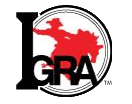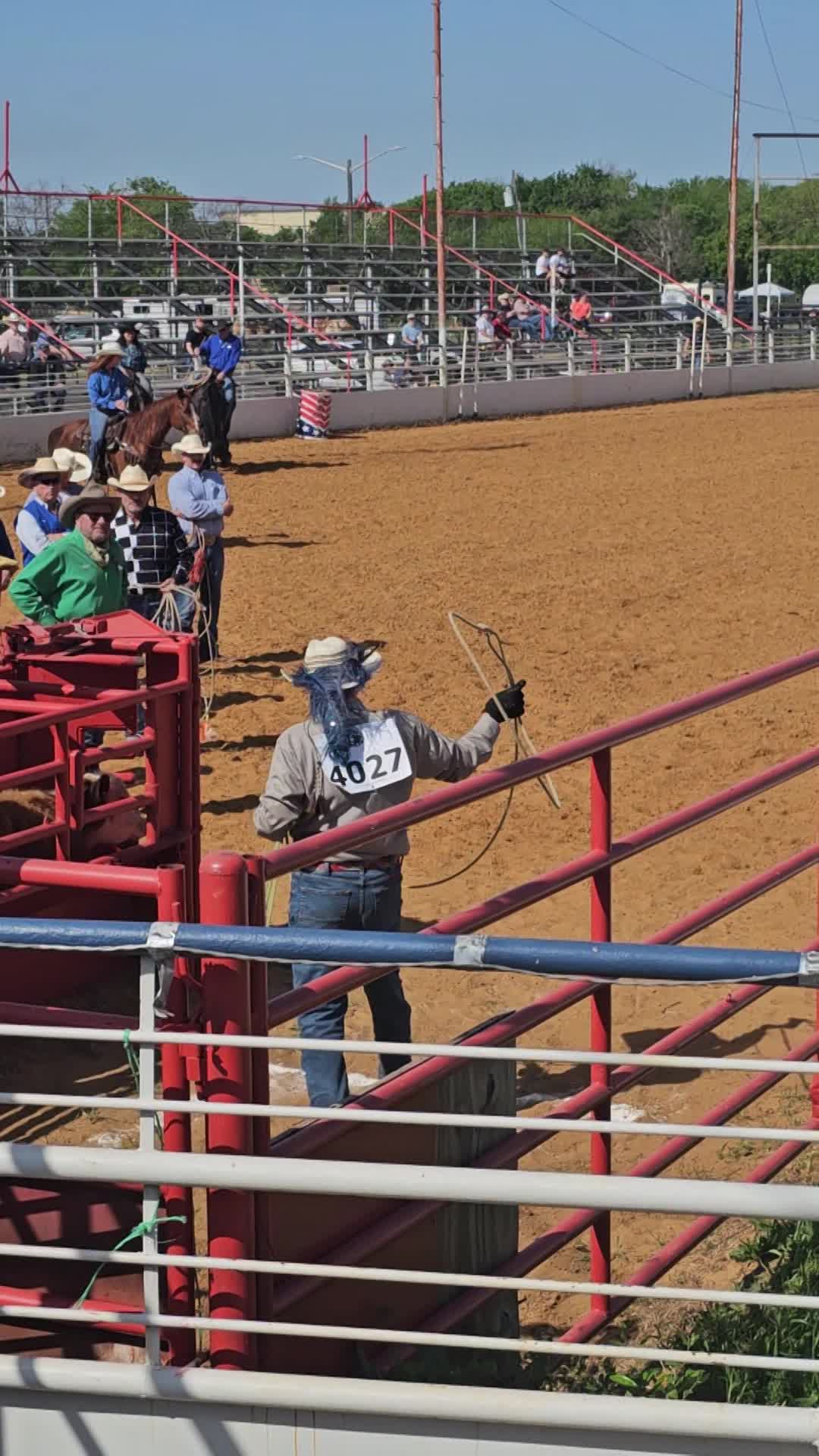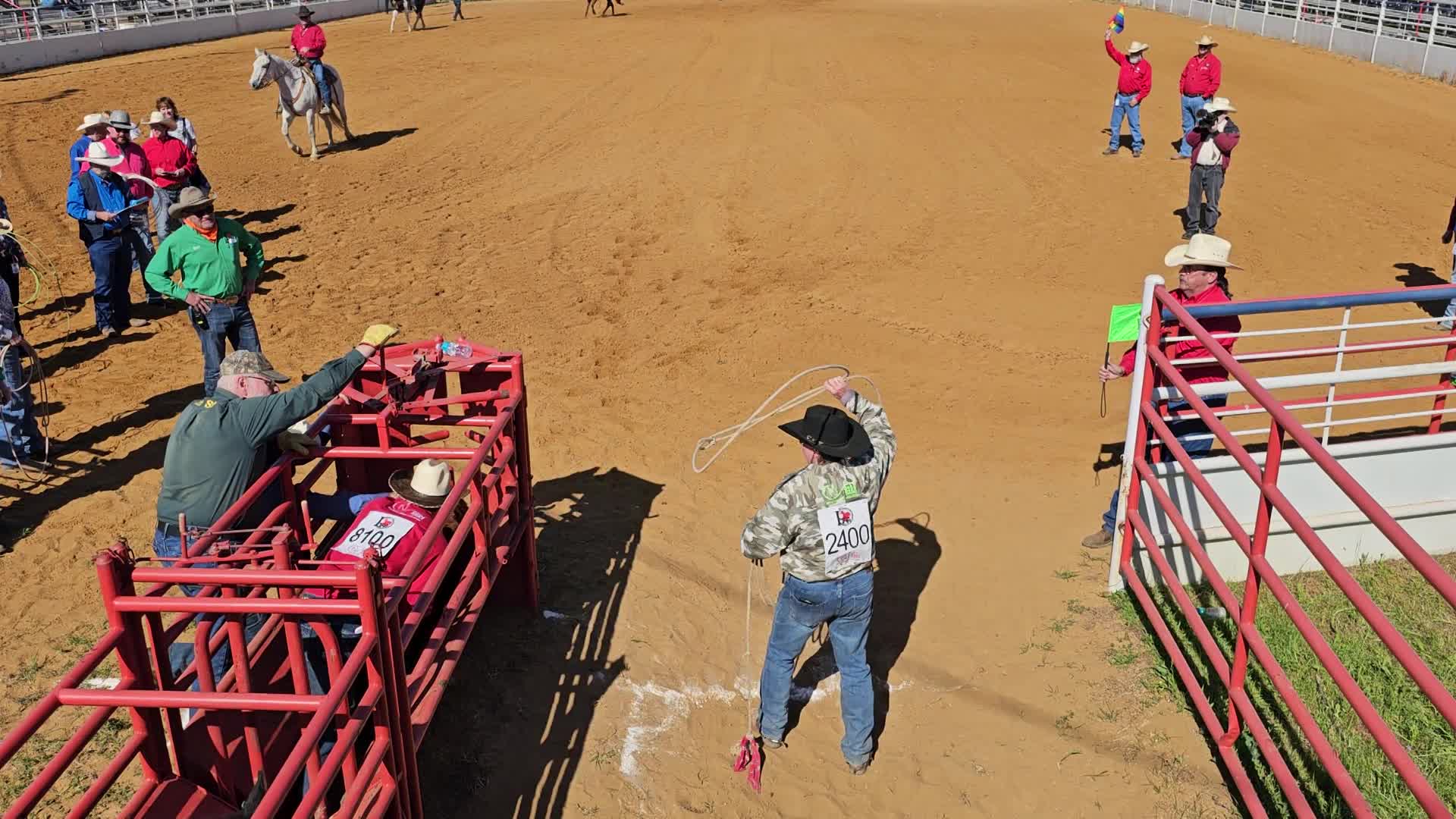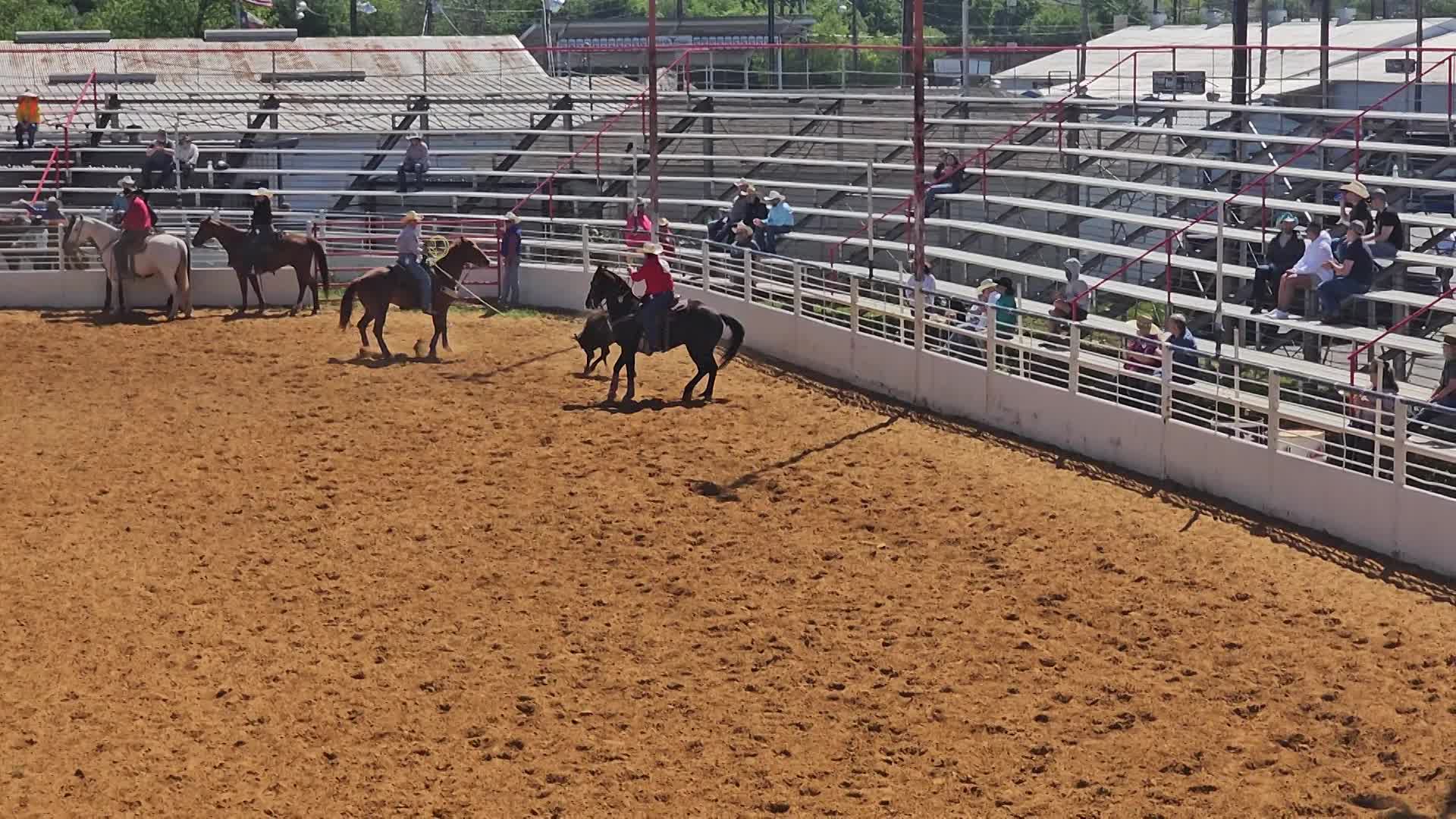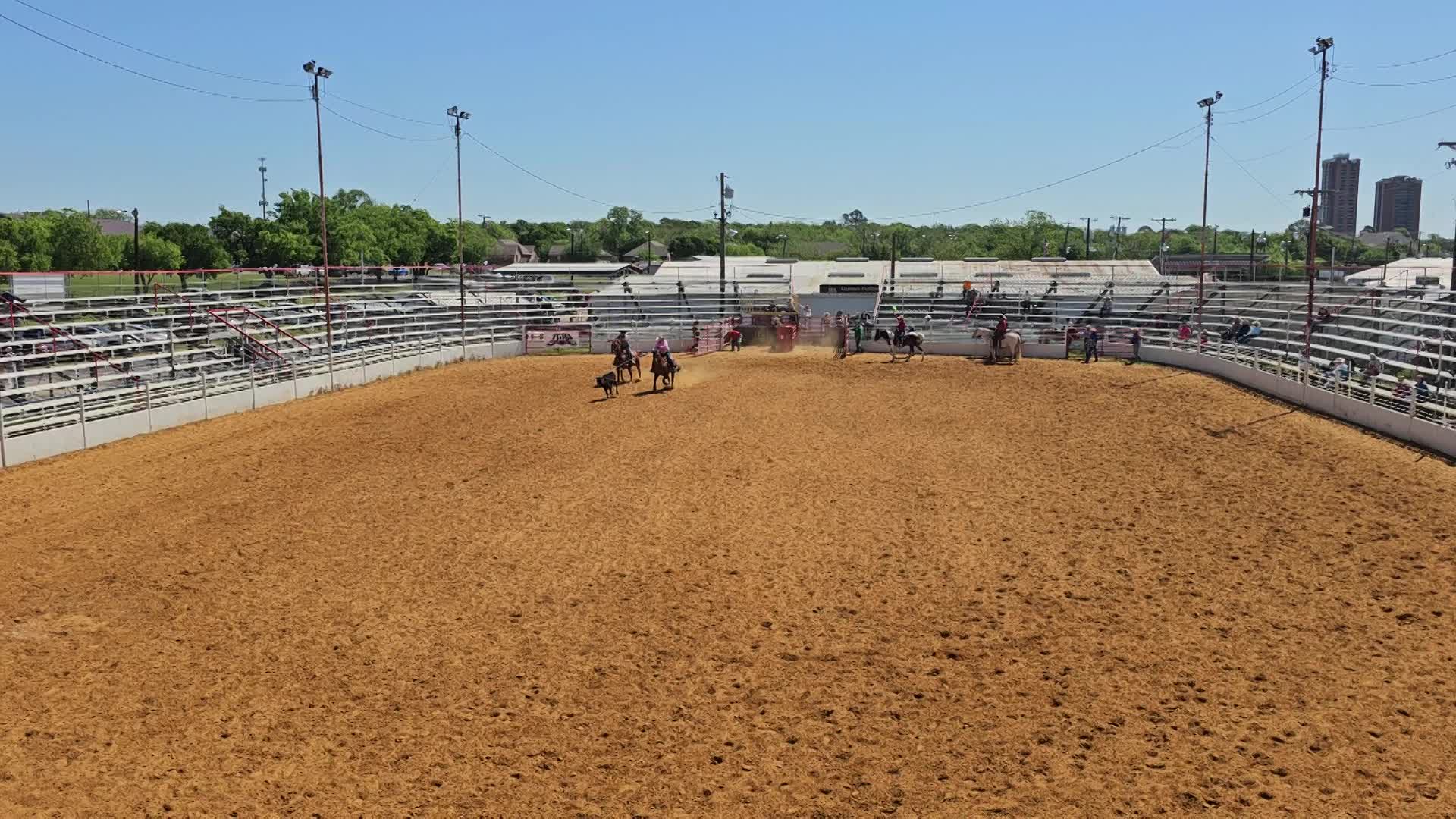Roping Events
17/04/2023
Event Footage Courtesy of S. Korff - MIGRA
Calf Roping on Foot
This is the second step in a roper's career. Most beginning ropers practice on fence posts or other stationary objects and then move in to the arena with a live animal. The contestant stands in the roping box and when the calf is released, attempts to throw the loop over the calf's head. Once the loop passes over the calf's head, the contestant must pull up the slack in the rope.
Mounted Breakaway Roping
The roper is mounted on horseback with one end of his or her rope tied to the saddle horn by a piece of string. When the calf is released from the chute, the roper will be in hot pursuit with lasso swirling above his or her head. When the loop is thrown, it must pass completely over the calf's head. As the calf pulls away from the rider and horse, the rope grows taut and will break away from the saddle horn.
Team Roping
Hours of hard work go into the training for this event. This event is loaded with hazards, such as collisions, entanglements, and worst of all, possible loss of fingers. The team consists of two ropers and two well-trained horses. One roper is called the "header" and his or her responsibility is to catch the steer by the horns while the teammate, called the "heeler," has the responsibility of catching the steer's back legs, or heels. When the header makes the catch, he or she must wind the rope around the saddle horn, called "dallying off," and turning the steer away from himself causes the steer's heels to fly in the air for the heeler's loop to catch. When both ropers have been successful in their tasks, they must turn their horses to face the steer and pull their ropes taut.
